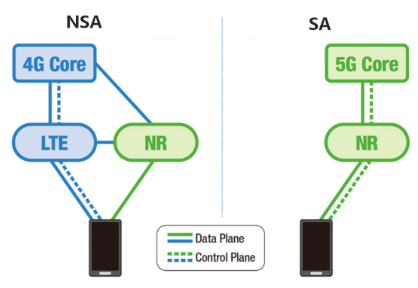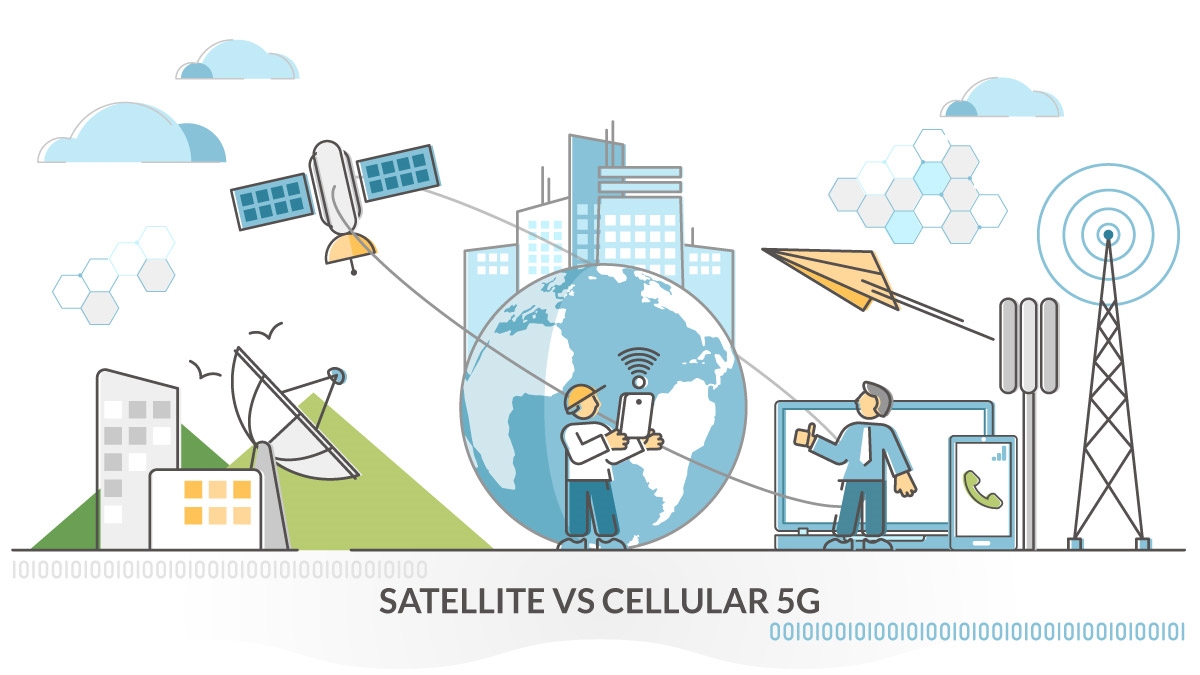
Mobile communications extended network terminals from fixed locations to personal, portable devices, enabling on-the-go information exchange. This shift made communication more timely and frequent, transforming production and daily life. In the Internet of Things era, communication between people alone is insufficient; device-to-person and device-to-device communication become increasingly important. Since the first mobile call in 1973, mobile communications have evolved rapidly. The first commercial generation began in the late 1970s and early 1980s with basic analog voice services; in China this was known as the "brick phone." Mobile standards have typically advanced roughly every decade. Over 40 years the form and function of mobile phones have changed dramatically.
5G promises new capabilities across three ITU-defined scenarios: enhanced mobile broadband, massive machine-type communications, and ultra-reliable low-latency communications. Compared with 4G, the major shift is from person-to-person communication toward device-to-person and device-to-device communication. In the 5G era, applications such as IoT, smart buildings, industrial internet, and autonomous driving become feasible. 5G performance evaluates multiple metrics beyond peak throughput, including peak rate, user experienced rate, spectral efficiency, mobility, latency, connection density, energy efficiency, and traffic density. Figure 2 shows the IMT-2020 key performance indicators, where 5G exceeds 4G across these metrics.
3GPP defines two 5G frequency ranges: FR1 (Sub-6 GHz) from 450 MHz to 6 GHz, and FR2 (Above-6 GHz) from 24.25 GHz to 52.6 GHz. FR2 corresponds to millimeter-wave bands with wavelengths from about 5.7 mm to 12.4 mm. Millimeter waves provide wide bandwidths, enabling higher data rates, but have short wavelengths and poor diffraction, causing severe spatial attenuation. Commercial 5G deployment therefore requires denser base station placement and combined high- and low-/mid-band network architectures to meet diverse user needs. To support higher mobile data demand, 5G coverage will rely more on compact, small-cell base stations. Small cell radii range from tens of meters to several kilometers; densely populated areas such as malls, stations, airports, and enterprise campuses will see many small-cell deployments.
Base stations, also called wireless base stations, are strategic infrastructure for information networks. According to the Ministry of Industry and Information Technology, as of September 2018 China had about 6.39 million mobile communication base stations, and 5G ultra-dense networking will require many more. During construction and operation, electromagnetic radiation from base stations attracts public concern. Radiofrequency energy is emitted from transmitting antennas and is the primary source of base station radiation. Because of health and safety considerations, countries maintain strict electromagnetic protection limits. Public unfamiliarity with technical details sometimes leads to resistance or vandalism during base station installation.
Electromagnetic Shielding Mechanism and Product Design
Basic Principles
Electronic equipment should be protected from external electromagnetic interference while preventing its own emissions from disturbing other devices or posing health risks. Electromagnetic shielding blocks propagation paths of electromagnetic waves. Attenuation through a shield mainly occurs via reflection and absorption:
- When an electromagnetic wave reaches the shield surface, impedance discontinuity at the air–shield interface causes reflection.
- After penetrating the metal surface, induced electromotive forces produce eddy currents whose magnetic fields oppose the incident field, causing absorption loss.
- Residual waves that reach the shield's inner surface encounter a metal–air impedance discontinuity and reflect back, producing multiple internal reflections.
Shielding effectiveness (SE) quantifies how much an interfering field is attenuated by a shield.
As frequency increases, absorption loss becomes more significant while reflection loss decreases. Therefore, high-frequency shielding typically relies on high-conductivity materials that generate strong eddy currents to cancel incident fields. For low-frequency fields, materials with high magnetic permeability are used to confine magnetic flux within the shield.
Shielding performance depends on electrical conductivity, magnetic permeability, thickness, and other material properties. Design of shielding products should consider the target frequency bands and select materials with either high conductivity or high magnetic permeability. Different forms of shielding materials are produced according to application and manufacturing processes. Common shielding materials in the electronics industry include conductive pastes, conductive adhesives, conductive coatings and paints, conductive rubbers, conductive fabrics, conductive foams, metal meshes, and transparent conductive films.
Applications of Shielding Materials in Base Stations
Base station enclosures are typically die-cast aluminum. To provide overall electromagnetic protection, conductive silicone gasket strips are used at casting seams to electrically bond enclosure parts. Conductive gaskets make the aluminum enclosure a continuous conductor, and eddy current and reflection effects confine electromagnetic fields inside the enclosure to prevent leakage. For 5G high-frequency signals, shielding primarily uses the eddy current effect, so higher material conductivity improves shielding performance. Besides conductivity, gasket materials must meet mechanical property requirements such as tensile strength, tear strength, elongation at break, and compression set. Outdoor environments—high temperature, low temperature, humidity, and corrosive conditions—can degrade conductive materials, so conductive gaskets must pass stringent environmental aging tests.
In addition to overall enclosure sealing, local shielding of internal electronic components is necessary to prevent mutual interference. Form-in-place (FIP) processes accurately dispense conductive adhesives onto target areas. FIP is simple, adaptable to complex surfaces, and material-efficient, making it suitable for local electromagnetic protection in base station equipment. After curing, the conductive adhesive forms a conductive and elastic "wall" providing local shielding.
Common shielding materials for base stations include shielding gaskets, conductive adhesives, and shielding pads. International suppliers include Laird, Nolant, and Gumeili. Historically, international companies have dominated the mid- to high-end shielding market, while Chinese products have been more common in mid- to low-end applications.
For high-frequency electromagnetic waves, better conductivity produces larger opposing eddy currents, weakening high-frequency interference. Thus, a common approach to high-frequency shielding materials is to increase material conductivity, either by raising conductive filler loading or improving filler conductivity. However, conductive filler conductivity has intrinsic limits, and higher filler loading affects viscosity and cost, limiting feasible additions. Absorption loss correlates positively with conductivity and magnetic permeability; therefore, using high-permeability raw materials is another effective strategy. For example, nickel has lower conductivity than noble metals like silver but exhibits higher magnetic permeability, so nickel-based powders can achieve shielding effectiveness comparable to silver-based systems under certain conditions.
Outlook for 5G Shielding Material Development
Based on industry discussions, key directions for future 5G shielding material development include:
- Wideband performance to cover centimeter-wave and millimeter-wave bands, enabling shielding across mid/low and high frequencies.
- Lightweight and ultra-thin properties to suit miniaturized base station equipment and components.
- Higher shielding effectiveness driven by stricter protection standards and increased emphasis on health and safety.
- Simplified manufacturing processes with high cost-performance ratios suitable for mass production.
 ALLPCB
ALLPCB







